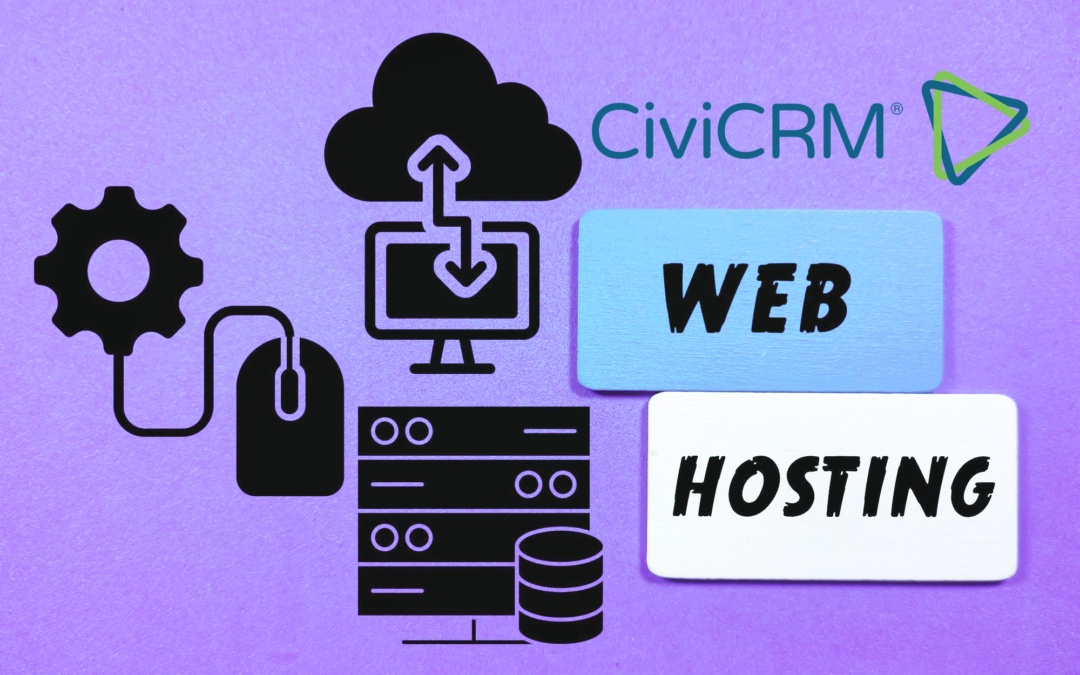Setting up a CiviCRM site is a pivotal step in empowering your organisation’s relationship management efforts. To guide you through this crucial process, let’s explore the dos and don’ts that will help you create a robust and effective CiviCRM environment.

Do's
- Clearly define your organisation’s goals and objectives for using CiviCRM. Understand what specific functionalities you need to achieve these goals.
- Involve key stakeholders from different departments or teams in the planning and decision-making process to ensure that the implementation meets their needs.
- Plan the migration of your existing data into CiviCRM carefully. Ensure data accuracy and consistency during the transfer.
- Design and map out your organisation’s processes and workflows within CiviCRM. Tailor the system to align with your existing practices.
- Provide comprehensive training to your staff on how to use CiviCRM effectively. A well-trained team maximizes the benefits of the system.
- Customise CiviCRM to suit your needs, but do so thoughtfully. Avoid excessive customisation that may complicate the system and hinder future upgrades.
- Implement proper security measures, including user roles, permissions, and access controls, to protect sensitive data.
- Continuously monitor the usage of CiviCRM and evaluate its effectiveness in achieving your objectives. Adjust your approach based on feedback and data.
Don'ts
- Avoid rushing through the implementation process. Take the time to plan and execute each step thoughtfully to prevent errors and complications.
- Don’t assume that users will naturally adopt CiviCRM. Provide ongoing support and address any concerns or resistance that arise.
- Don’t skip training for your team. Insufficient training can lead to underutilisation of CiviCRM’s capabilities.
- Don’t underestimate the importance of data cleanup before migration. Migrating incorrect or redundant data can cause issues later on.
- Avoid creating overly complex workflows that may confuse users or hinder efficient processes.
- Don’t overlook the potential for integrating CiviCRM with other systems your organisation uses. Integrations can enhance functionality and streamline processes.
- Don’t neglect regular maintenance tasks, such as updates, backups, and database optimisation.
- Don’t expect everything to be perfect immediately. Be prepared for a learning curve and be open to making adjustments as needed.
By adhering to the aforementioned list of dos, you’ll be well-equipped to establish a robust and tailored environment that aligns with your unique needs and workflows.
You Might Also Like

Myth: Drupal Is Too Complex and Difficult for Non-Developers
Debunking the Myth: One of the most common misconceptions about Drupal is that it's overly complex and suitable only...

Choosing the Best Hosting Solution for Your CiviCRM Implementation
As you embark on your CiviCRM journey, one of the crucial decisions you'll face is selecting the right hosting...

Creating Your First WordPress Website: A Step-by-Step Guide
In today's digital age, having an online presence is crucial for individuals and businesses alike. One of the easiest...

How CiviCRM Can Help Your Clinic or Pharmacy Work Smarter, Not Harder
Running a clinic or a pharmaceutical business is no walk in the park. From managing patient details to handling...

